Complex regional pain syndrome (CRPS)
WHAT IS COMPLEX REGIONAL PAIN SYNDROME?
The pain is out of proportion to the severity of the initial injury. CRPS was confirmed as the most painful disease known to all humanity through a test created by pain researchers, called the McGill Pain Index. CRPS came in at the top with a point value of 46/50, because of the severity and duration of the pain. CRPS is more common in women and can occur at any age with a peak around the age of 40. It is rare in the elderly, who have less inflammation after injury, and in young children who heal quickly.
TREATMENT
There is no cure for CRPS. Treatment is most effective when started early and focuses on relieving symptoms, slowing the progression of the disease, and helping patients cope with the pain and lead as healthy lives as possible. Appropriate physical therapy can help reduce ailments and limitations resulting from the disease. A groundbreaking manual therapy technique called Strain Counterstrain Technique provides substantial promise for reducing the troublesome symptoms of the disease.
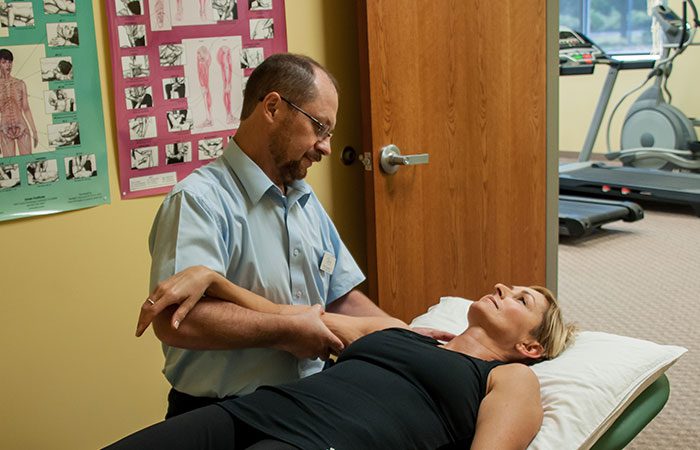

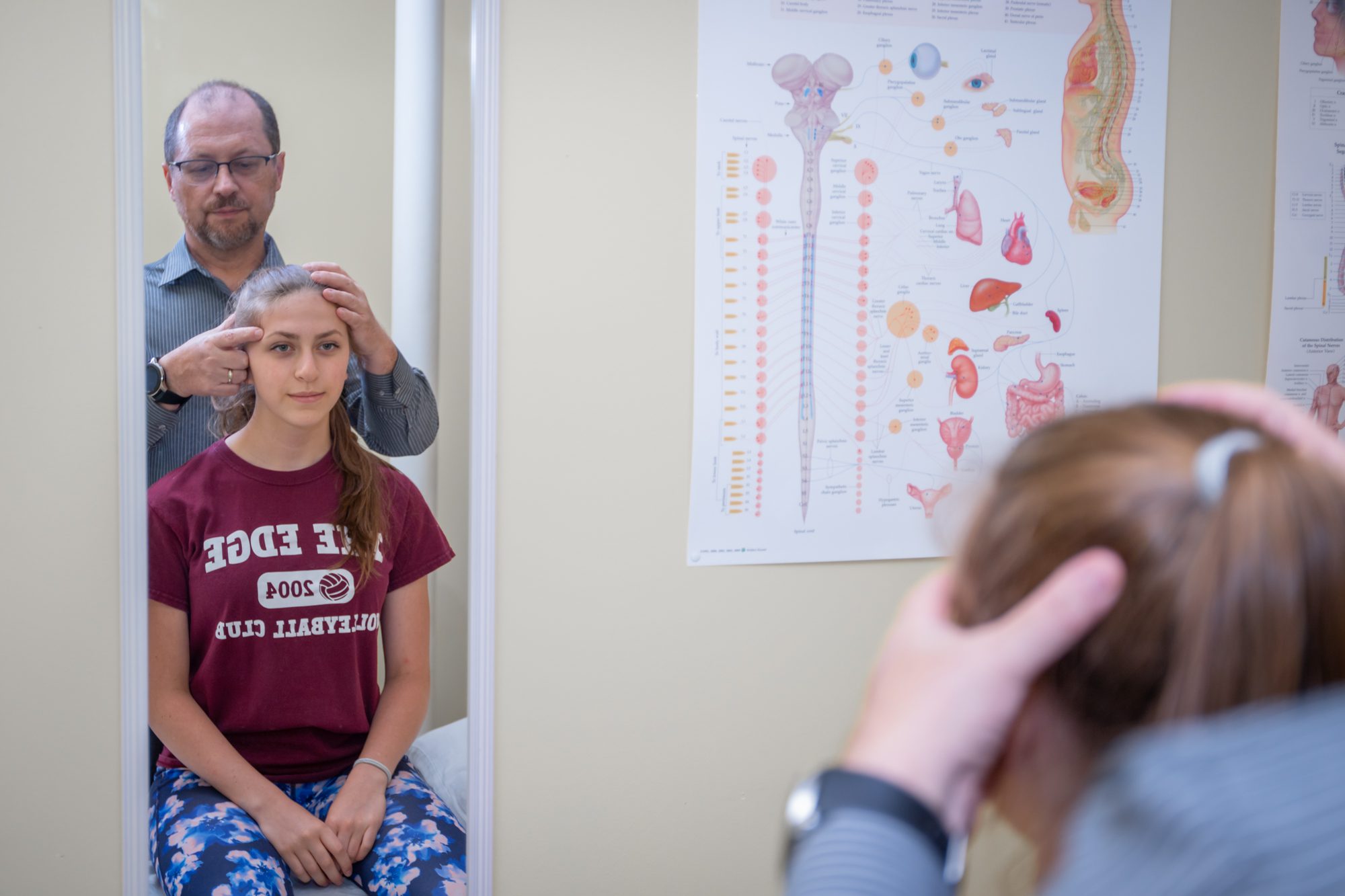

Strain Counterstrain manual therapy technique is effective in treating pain, limitations in strength, and range of motion of the ailing areas. The procedure is painless and can be applied to all body parts and systems. A therapist utilizes tender diagnostic points to recognize painful, reflexively protected, and contracted tissue. Then, through properly applied pressure (not always on the painful areas), the therapist allows the affected or damaged part of the body to relax. The reflex relaxation of contracted connective tissue around smooth or skeletal muscles, organs, blood vessels, nerves, or periosteum occurs and thus reduces pain and swelling and restores their full functionality.
The assessment is based on the patient’s medical history, the subjective record, and the palpation method to determine tender points representing a specific tissue, organ, or anatomical structure like nerves, blood vessels, lymphatic system, or musculoskeletal system. For this particular type of patient, the most prominent points are the ones representing the Autonomic Nervous System, lymphatic and blood circulation within a particular limb or spinal area related to that limb. It takes several sessions to substantially or permanently decrease symptoms. Oftentimes we need to support those peripheral manual techniques with central sensitization ones together with appropriately crafted exercises supported by therapeutic cold laser treatments. That combination of Strain Counterstrain and properly applied modalities have a significant influence on alleviating the symptoms.
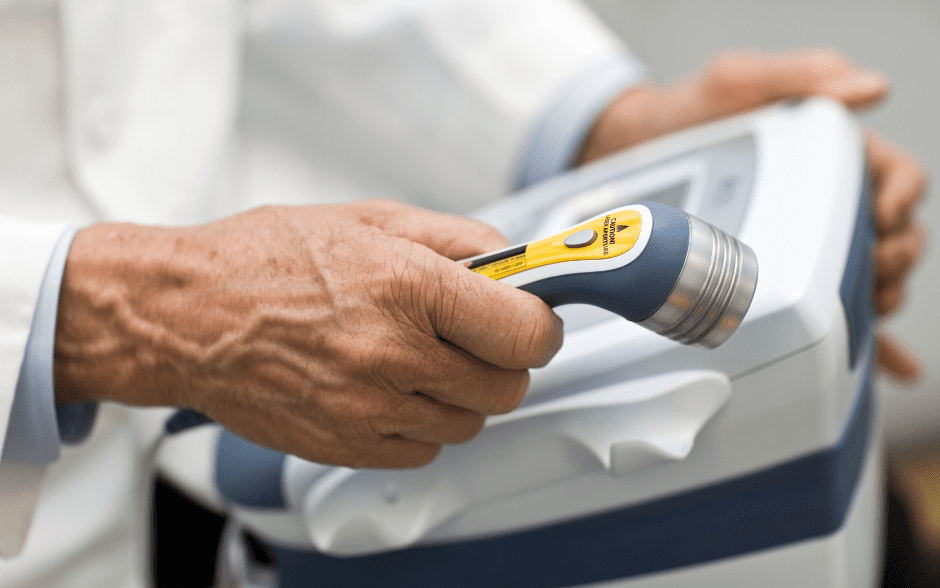



CAUSES
The cause of CRPS is not clearly understood – it might be a combination of factors that produce similar symptoms. It can be the result of general inflammation or inflammation of the nerves or perhaps even changes in a person’s perception of pain in the brain and spinal cord (the central nervous system). Researchers have found certain substances and chemicals in the affected tissue, blood, and spinal fluid of patients with CRPS. They have also found evidence of the release of certain pain- and inflammation-producing compounds in nerves in the affected area, which results in an overreaction or oversensitivity to the sensation of pain in response to the injury. There may also be dysfunction in the messaging between nerves at the site of injury. Autoimmune and genetic causes may also play a role in the development of CRPS.
There are two kinds of CRPS, with similar signs and symptoms, but different causes: type 1 occurs without a direct injury to a nerve. 90% of people with CRPS have type 1. With treatment started early in the course of the illness, improvement and even remission are possible. Type 2 formerly known as causalgia, occurs after a distinct nerve injury that causes some degree of damage. Many people diagnosed with CRPS-II have more extensive injuries that also damage nerves going to muscles (motor nerves) to cause weakness and muscle shrinkage in certain areas. Motor nerves control the movement of muscles under conscious control, such as those used for walking, grasping things, or talking. Type 2 affects about 10% of people with CRPS. It is irreversible.
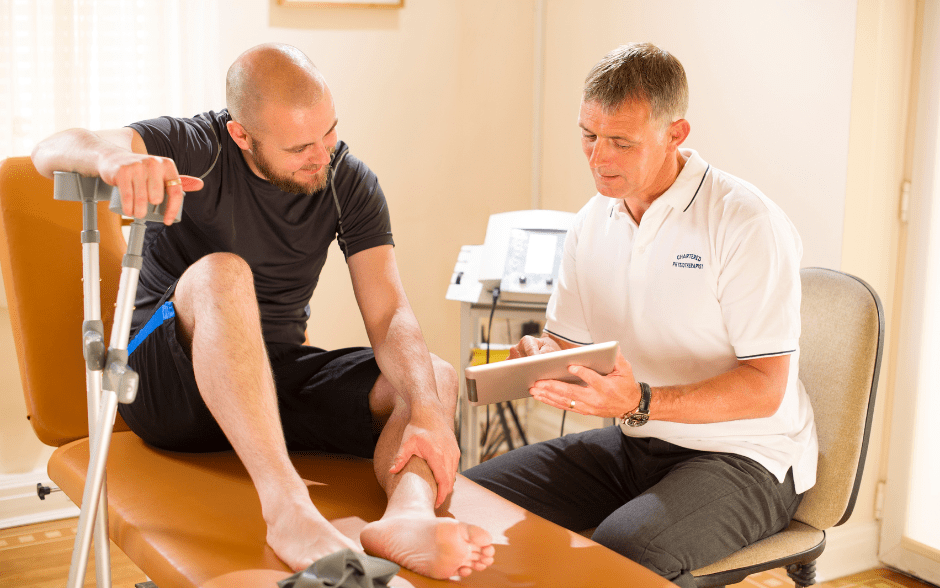

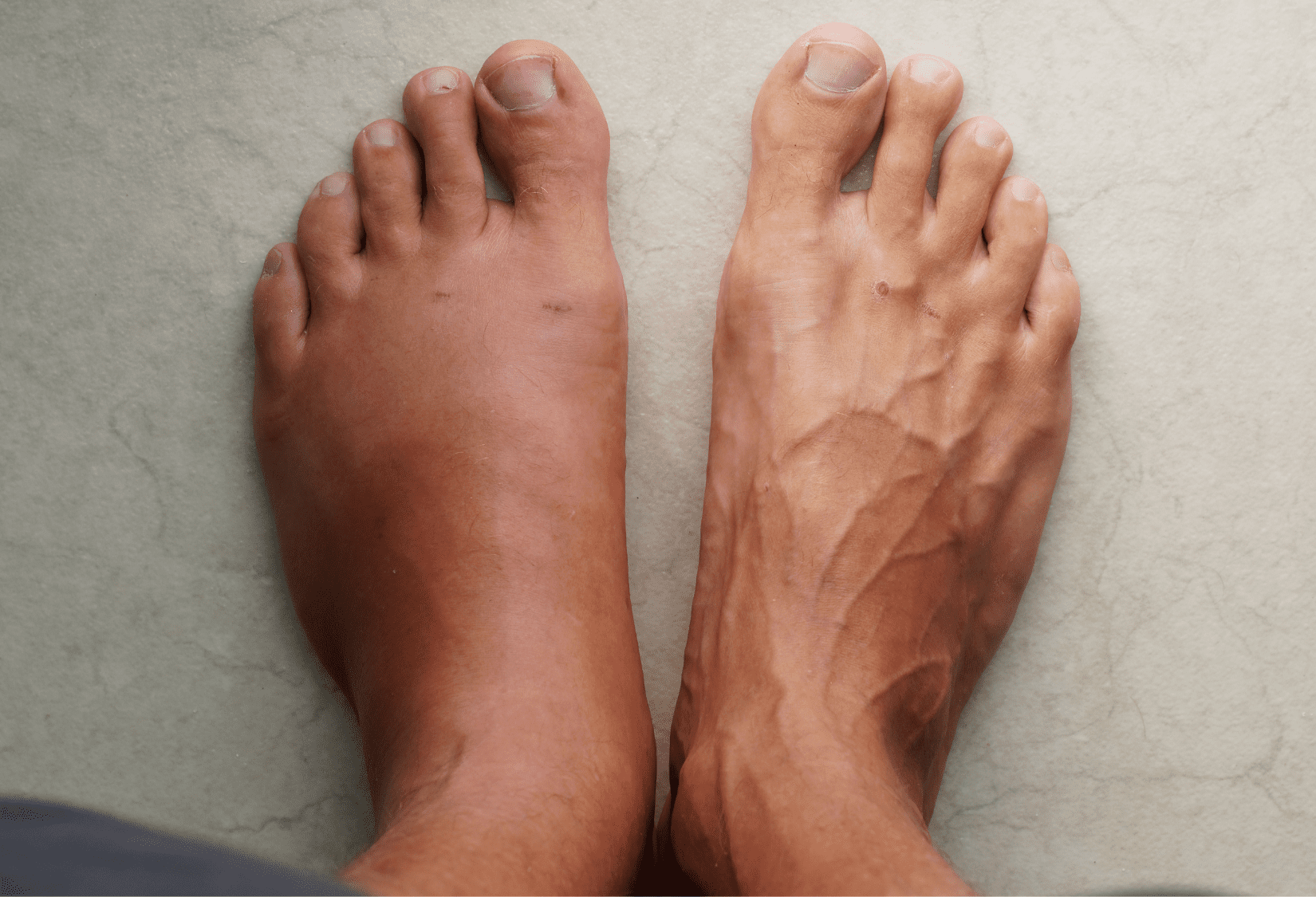

SIGNS AND SYMPTOMS
- Burning, crushing, throbbing, stabbing, and cold pain
- Sensitivity to touch and cold
- Swelling of the painful area
- Changes in skin temperature – alternating between sweaty and cold
- Changes in skin color, ranging from white and blotchy to red or blue
- Changes in skin texture, which may become tender, thin, or shiny
- Decreased ability to move the affected body part
- Joint stiffness, swelling, and damage
- Muscle spasms, tremors, weakness, and loss (atrophy)
